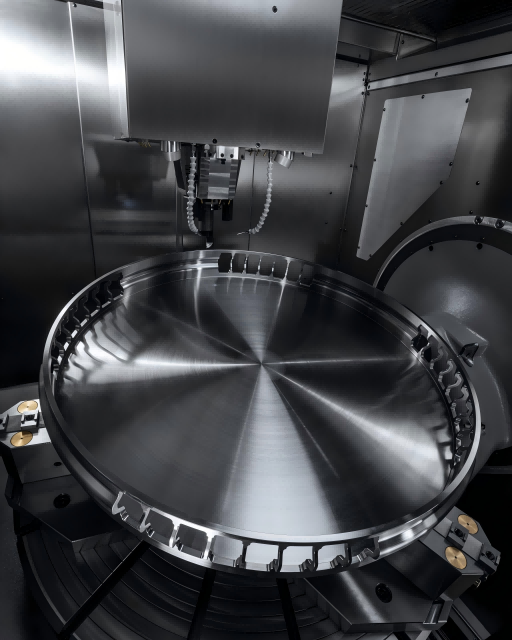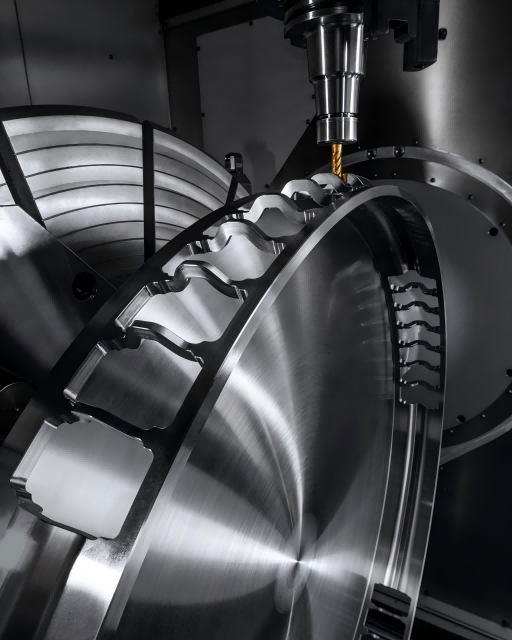Stainless steel material is relatively hard, then how to do CNC machining? CNC machining stainless steel parts is a common manufacturing process, the following is its relevant analysis:

Processing characteristics
• High strength and hardness: stainless steel material has high strength and hardness, processing requires greater cutting force and power, and the wear of the tool is also larger.
• Toughness and viscosity: The toughness of stainless steel is good, and it is easy to produce chip accumulation when cutting, which affects the quality of the processing surface, and also has a certain viscosity, which is easy to cause chips to wrap around the tool.
• Poor thermal conductivity: its thermal conductivity is low, and the heat generated during processing is not easy to dissipate, which is easy to cause increased tool wear and parts deformation.
Processing technology
• Tool selection: Tool materials with high hardness, good wear resistance and strong heat resistance should be selected, such as cemented carbide tools, coated tools, etc. For complex shaped parts, ball end milling cutter can be used for machining.
• Cutting parameters: Reasonable cutting parameters help to improve machining efficiency and quality. Due to the serious hardening of stainless steel materials, the cutting depth should not be too large, generally between 0.5-2mm. The feed amount should also be moderate to avoid excessive feed amount leading to increased tool wear and a decline in the surface quality of parts. The cutting speed is usually lower than that of ordinary carbon steel to reduce tool wear.
• Cooling lubrication: When processing stainless steel parts, it is necessary to use a large amount of cutting fluid for cooling lubrication to reduce the cutting temperature, reduce tool wear, and improve the quality of the machined surface. Cutting fluid with good cooling and lubricating properties can be selected, such as emulsion, synthetic cutting fluid, etc.
Programming essentials
• Tool path planning: According to the shape of the part and processing requirements, reasonable planning of the tool path, reduce the empty stroke and frequent commutation of the tool, improve the processing efficiency. For parts with complex shapes, multi-axis linkage processing technology can be used to improve processing accuracy and surface quality.
• Compensation setting: Due to the large processing deformation of stainless steel materials, appropriate tool radius compensation and length compensation need to be set during programming to ensure the dimensional accuracy of parts.
Quality control
• Dimensional accuracy control: During the machining process, the dimensions of the parts should be measured regularly, and the processing parameters and tool compensation should be adjusted in time to ensure that the dimensional accuracy of the parts meets the requirements.
• Surface quality control: Through reasonable selection of tools, cutting parameters and cutting fluid, as well as optimization of tool paths and other measures, improve the surface quality of parts, reduce surface roughness and burr generation.
• Stress relief: there may be residual stress after processing of stainless steel parts, resulting in deformation or dimensional instability of parts. The residual stress can be eliminated by heat treatment, vibration aging and other methods.
Post time: Dec-13-2024

